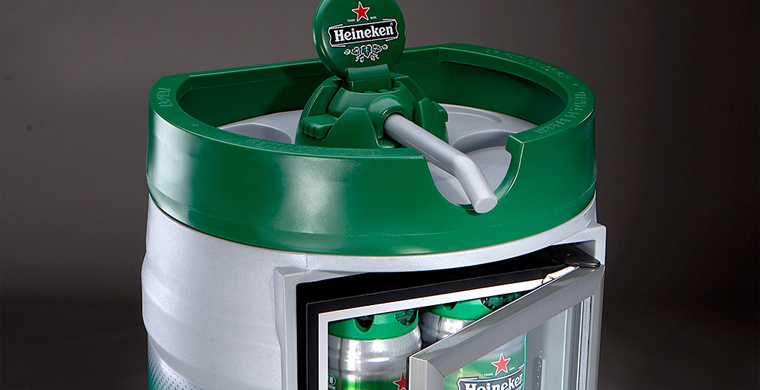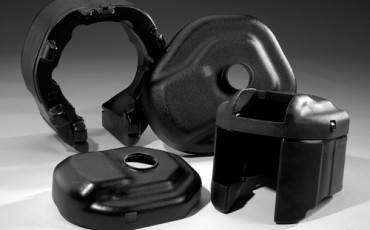
Rotomolded ribs reinforce parts and help keep nominal wall thickness to a minimum. That’s important because thicker walls add material costs and increase cycle times. This Q&A from Gregstrom provides answers to some commonly asked questions about reinforcing ribs. For rotational molding that’s backed by experienced design assistance, contact us for a quote.
How are rotomolded ribs different from injection-molded ribs?
Unlike plastic injection molding, rotational molding uses hollow ribs instead of solid ones. There is an important exception, however. Rotomolding supports the use of molded-in metal rods within ribs.
What’s the proper depth for rotomolded ribs?
According to the Association for Rotational Molding, our industry’s leading trade association, rib depth should be at least four times (4x) the nominal wall thickness.
Are thicker ribs better?
Not necessarily. Rib depth controls the amount of stiffness, but there are tradeoffs to consider. Increasing the depth in relation to width adds complexity and, therefore, costs to rotational molding services.
What’s the proper ratio between rib depth and rib width?
Rib width should be at least five times (5x) the thickness of the nominal wall. For best results, design reinforcing ribs so that rib width is greater than rib depth.
What is the best shape for rotomolded ribs?
Reinforcing ribs that are rounded are easier to mold, but rectangular ribs provide greater stiffness for the same amount of material that is used. The perpendicular positioning of the rectangular rib’s depth explains this strength differential.
Why are the side walls of ribs tapered?
The side walls of ribs are tapered to improve their mold release.
Who can answer my part design questions about reinforcing ribs?
Gregstrom Corporation of Woburn, Massachusetts (USA) is a rotational molder with value-added services that include design assistance. To learn more about us and how we can help we can help strengthen your next plastics project, contact us.


